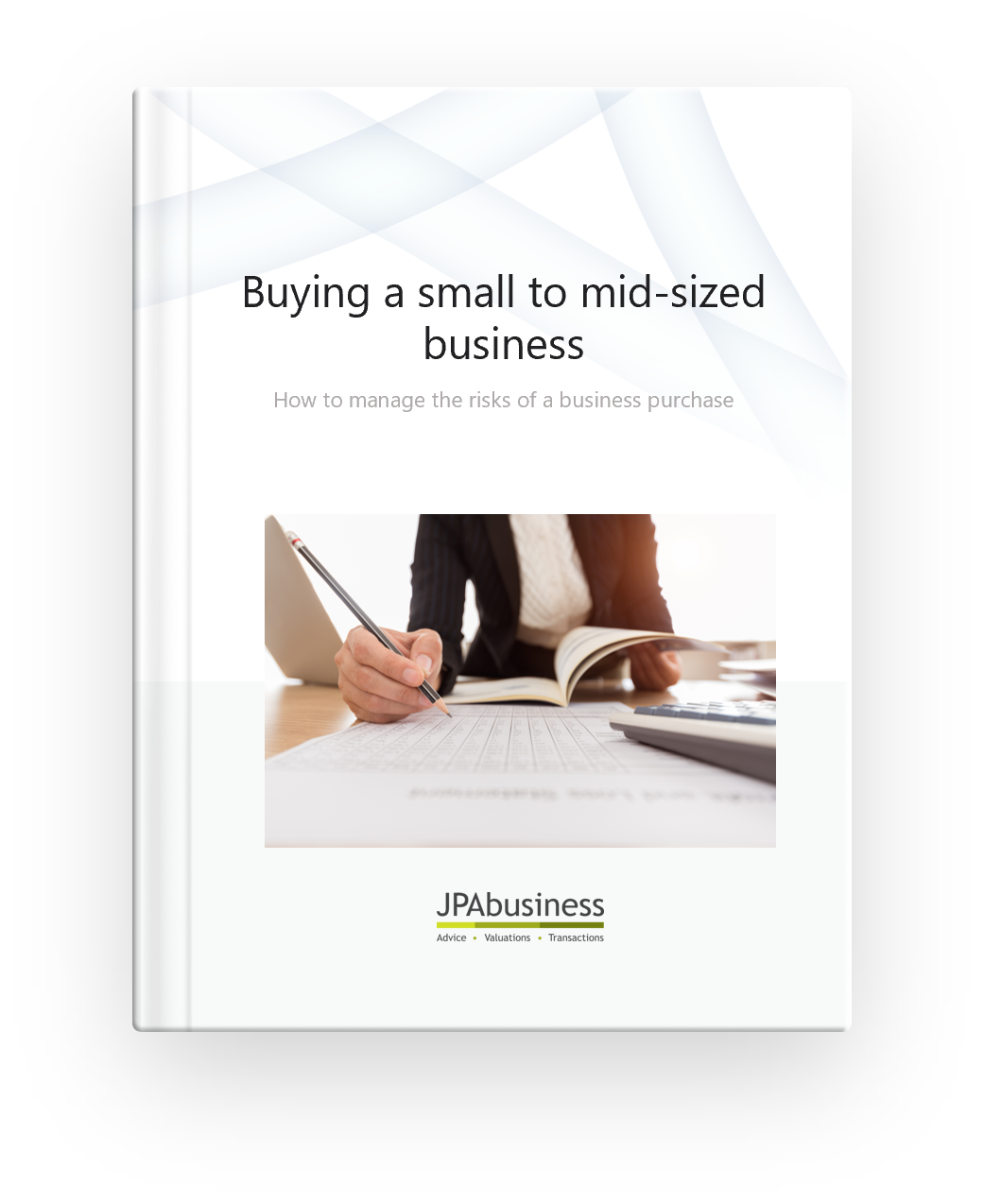
There are a number of risks when buying a business and one of them relates to key customers taking flight in the early stage of the transfer.
In doing your due diligence it’s wise to look at customer concentration risk. Where you have a significant concentration of one or two customers, in particular, you should try and protect against that risk.
Here’s an example of how purchasers can use a ‘hard’ provision to protect against this risk in the final contract:
The business has five major customers. Customer A is responsible for 60% of sales. Customer A spent $1.5 million on average for the last three years with the business.
The provision in the contract allows the purchaser to hold back in trust 30% of the purchase price of the business for 12 months and pay this on the basis that Customer A’s sales level, for the first 12 months after transfer, does not fall below $1.5 million.
That is a ‘hard’ measure and it’s up for negotiation – some vendors will accept such a provision because they are prepared to back their business, where there is a big risk around concentration of customers.
Other vendors will not, as they will cite that they are no longer in control of the outcome.
It’s then a matter for negotiation. Try and achieve a fair and reasonable win-win compromise. If that seems commercially sound, then you have mitigated some or all of the risk.
A ‘soft’ means of protecting against this risk would be to agree on a very detailed transition and relationship transfer process between the vendor, the important customers and the new owner, e.g. joint introduction meetings and a phased handover process with old and new owners involved, in some cases pre and post-completion.
‘But I’m the vendor – I don’t care if the customers leave’
Some vendors may be inclined to think that transferring relationships to the new owner is not their problem:
“Why do I need to bother about that? I had to establish those relationships myself; the new purchaser can look after their own relationships. There is always the risk of customer loss, but there’s also the opportunity to win new customers to replace any revenue lost from one leaving.”
The vendor will find, however, that the new purchaser will be anxious to establish those relationships as it’s for the good of the business that they are established early.
A vendor who shows a willingness to facilitate these meetings and relationships will also place themselves in good stead with the purchaser, which all goes to supporting a successful sale.

Good planning keeps all parties happy
Best practice is to plan out a contact program of meetings and greetings ahead of the completion date (after the contract is binding), even if the actual meetings may not occur until post-completion.
It’s tricky because there are always market sensitivities and confidentiality to consider, but if both parties are demonstrating a willingness to trust each other and work together, it’s likely to ensure the best transition outcome.
As well as keeping the purchaser happy, it means key customers are given a heads up and there is no chance of them being offended by hearing the news of the business’s sale ‘on the grapevine’.
A good advisor assisting through the sales process will help both the purchaser and vendor manage this customer interaction and transition process carefully, to mitigate the risk.
If you would like advice about any aspect of buying or selling a business, contact the team at JPAbusiness on 02 6360 0360 or 02 9893 1803 for a confidential, obligation-free discussion.

